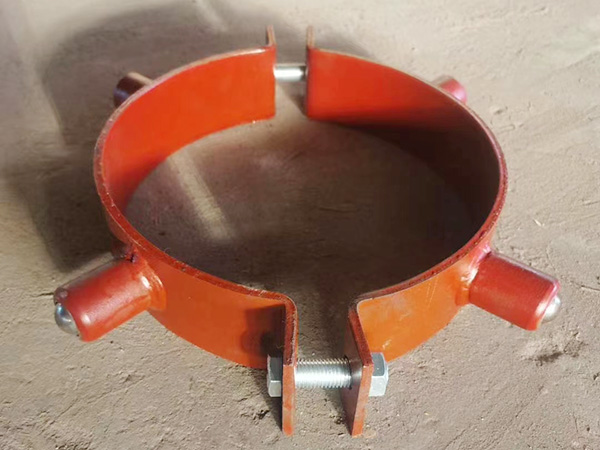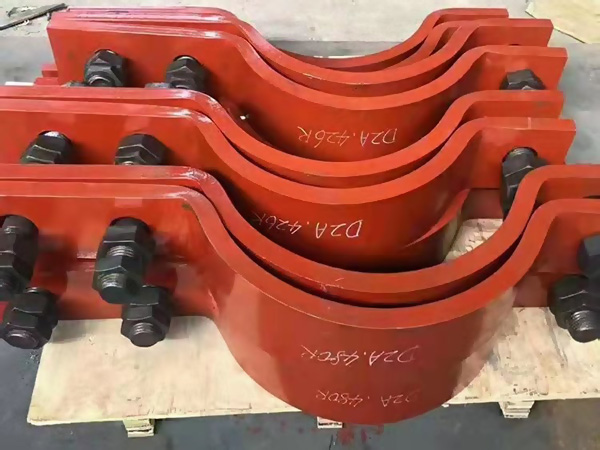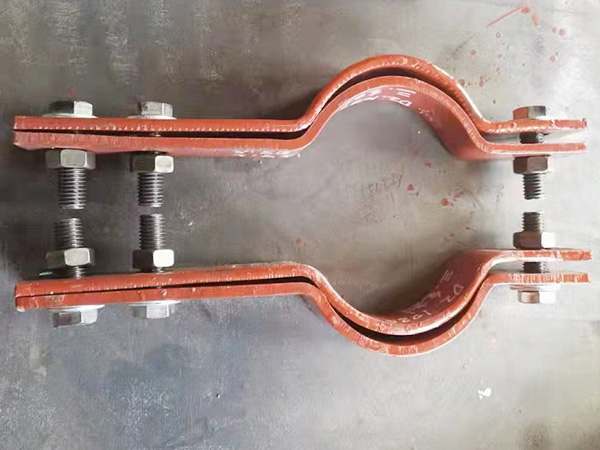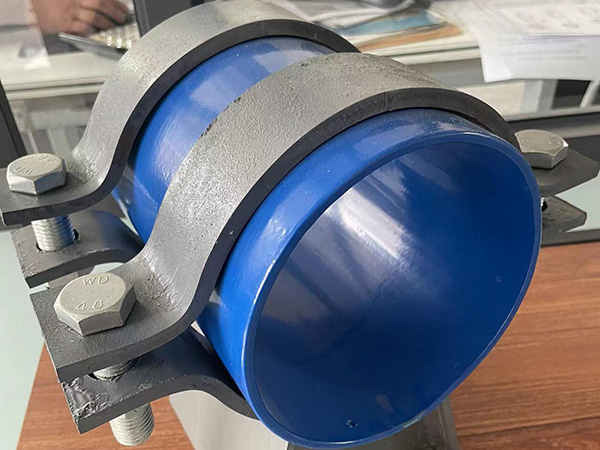Performance Comparison of Pipe Clamp Materials
Author:Mingde Time:2025-04-28 17:38:30 Click:65
1. Carbon Steel
Strength: Excellent load-bearing capacity for heavy pipes.
Temperature: Suitable for moderate temperatures (-20°C to +400°C).
Corrosion Resistance: Requires coatings (galvanized/painted) for humid or corrosive environments.
Cost: Most economical for general industrial use.
2. Stainless Steel (304/316)
Strength: High tensile strength with good durability.
Temperature: Performs well in extreme temps (-200°C to +800°C).
Corrosion Resistance: Superior for chemical, marine, and sanitary applications.
Cost: Higher initial cost but lower lifecycle cost due to minimal maintenance.
3. Aluminum
Strength: Lightweight but lower load capacity than steel.
Temperature: Limited to moderate temps (-50°C to +250°C).
Corrosion Resistance: Naturally rust-resistant; ideal for outdoor/coastal use.
Cost: Mid-range, favored for weight-sensitive applications.
4. Plastic (Nylon/PP/PTFE)
Strength: Low-to-medium load capacity; not for heavy pipes.
Temperature: Limited range (typically -40°C to +120°C).
Corrosion Resistance: Immune to chemicals and electrolytes.
Cost: Budget-friendly for light-duty, non-conductive needs.
5. Rubber-Lined (Metal Core)
Strength: Depends on metal base but enhanced by rubber.
Temperature: Rubber limits use (-30°C to +100°C).
Corrosion/Vibration: Best for noise reduction and pipe protection.
Cost: Moderate; justified by vibration-damping benefits.
Key Takeaways:
Harsh Environments: Stainless steel or coated carbon steel.
Lightweight Needs: Aluminum or composites.
Chemical Exposure: Stainless steel or plastics.
Cost-Sensitive Projects: Carbon steel (galvanized) or plastics.
Need help selecting the right material? Provide your operating conditions (temp, media, load) for tailored recommendations.
 Hot Products
Hot Products
 Contact Us
Contact Us
Contact:
Mobile:+86 +86 19133378808
Website:mingdepipe.com
Address:










